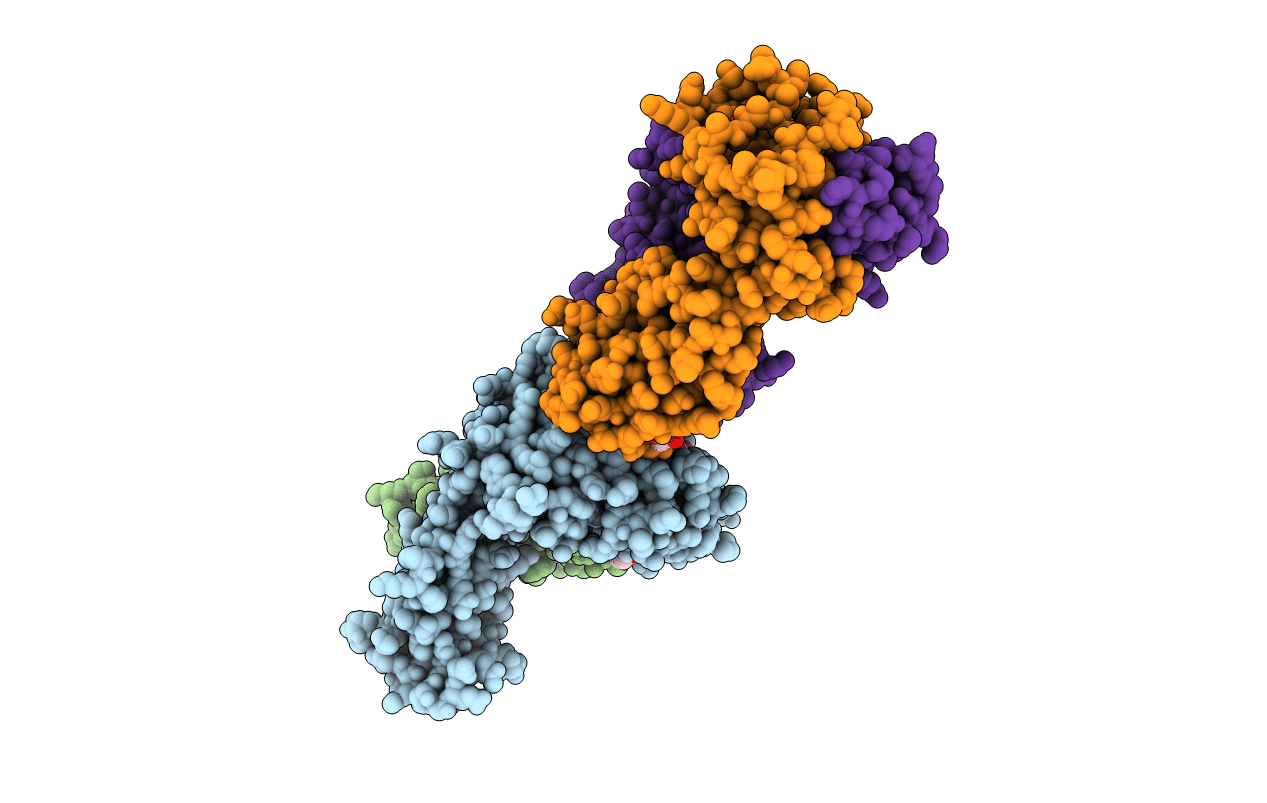
Deposition Date
2014-06-20
Release Date
2014-12-17
Last Version Date
2024-10-30
Entry Detail
PDB ID:
4QOK
Keywords:
Title:
Structural basis for ineffective T-cell responses to MHC anchor residue improved heteroclitic peptides
Biological Source:
Source Organism:
Homo sapiens (Taxon ID: 9606)
Host Organism:
Method Details:
Experimental Method:
Resolution:
3.00 Å
R-Value Free:
0.26
R-Value Work:
0.20
R-Value Observed:
0.20
Space Group:
P 43


